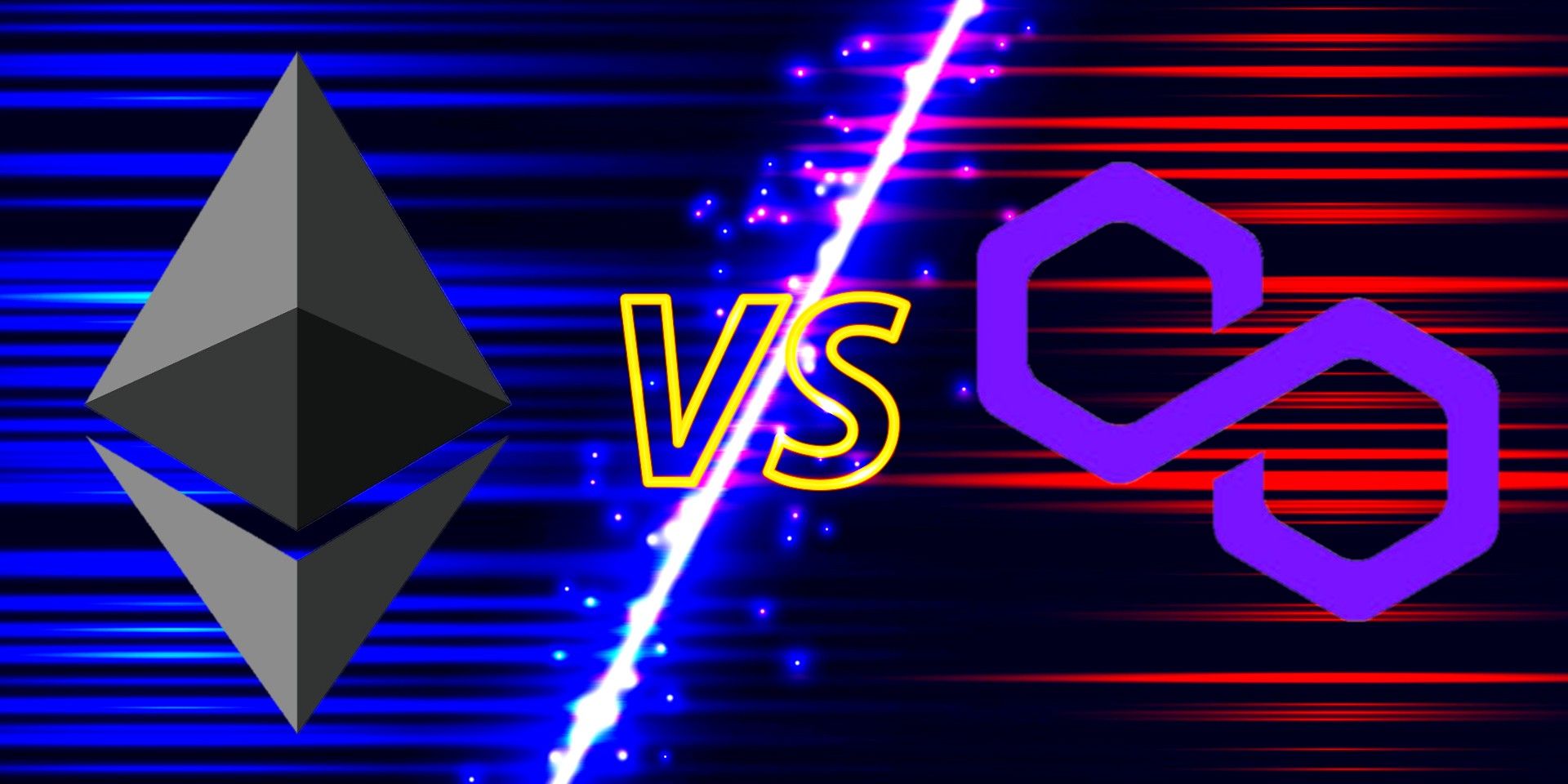Polygon is a blockchain network built on top of Ethereum to provide a faster and cheaper Ethereum experience, but it is far more than just a scaling solution. Over the years, Polygon has grown to become the most popular scaling solution for Ethereum applications and offers many useful tools and SDKs valuable for blockchain developers. With an ambitious team, passionate community, big-name partnerships and dedication to improving the Web3 experience, Polygon is a name that can’t be ignored.
Blockchains are slow and expensive, especially when clogged with traffic. Ethereum is the biggest example of how blockchains emphasizing decentralization and security cannot scale to meet real-world demand. Blockchains rely on charging ‘gas fees’ to users to pay the individuals who run the network around the world, but these fees skyrocket when the blockchain reaches its limits. Ethereum frequently experiences outrageous fees that prevent most people from using it. Suppose Ethereum is to fulfill its dream of becoming the internet’s economic layer and bringing Web3 decentralized applications (dApps) to the world. In that case, it will need to scale to hundreds of thousands of transactions per second (TPS). That is where ‘Layer-2’ scaling solutions come in to address the problem.
Polygon is the biggest Layer-2 scaling solution to Ethereum’s gas fee problem. According to CoinTelegraph, Polygon Network is a ‘plasma chain,’ a Proof of Stake blockchain that runs in parallel to Ethereum to reduce gas fees and increase transaction speed by bundling transactions together with advanced cryptographic proofs, providing Polygon the ability to potentially handle 65,000 TPS (far superior to Ethereum’s 17 TPS). In addition, gas fees on Polygon are measured in pennies, whereas on Ethereum, they cost (tens of) dollars. With the ability to easily port crypto wallets and Ethereum’s blockchain smart contracts to its network, along with providing SDKs and tools for deploying new blockchains, Polygon’s dApp ecosystem has exploded in size and popularity since its humble beginnings as the Matic Network.
How Does Polygon Improve Ethereum’s User Experience?
Polygon’s user experience is almost identical to Ethereum’s, but with some added features. Users can interact with Polygon through the popular Metamask Web3 browser wallet once they have added Polygon to it, and users can import their existing Ethereum address to Polygon (but not their Ethereum assets). Gas fees on Polygon are paid in MATIC tokens instead of Ethereum’s ETH (also called ‘ether’), so users must buy MATIC and withdraw it to their Polygon wallet before they can interact with Polygon dApps, which can be purchased on a cryptocurrency exchange like Coinbase or through ‘on-ramp’ services. A Metamask wallet can also log in to the Polygon Wallet, where users can access services such as the Polygon/Ethereum Bridge, third-party on-ramp services, on-chain token swapping, and MATIC staking to earn interest by participating in running the Polygon blockchain.
Transferring assets between Ethereum and Polygon requires using the Polygon Bridge. Tokens and NFTs in an Ethereum wallet will not appear in a Polygon wallet, or vice versa, even if the wallet has the same address. This is because Polygon and Ethereum are different blockchain networks and require a blockchain bridge to transfer assets. Transferring assets from Ethereum to Polygon can take around 22-30 minutes and will incur one Ethereum gas fee that will cost several dollars in ETH. Transferring from Polygon back to Ethereum incurs three transactions, one paid in MATIC, two paid in ETH and can take up to three hours to complete.
Boasting several high-profile partnerships, transaction fees in the pennies, a range of convenient services built into its native wallet, an ambitious developer team pushing the boundaries of Web3 and blockchain technology, and the potential to process more TPS than the Visa global payments network, Polygon is rightfully considered Ethereum’s best scaling solution. Even though Ethereum’s recent upgrade reduced carbon emissions, it did not affect Ethereum’s gas fees or TPS. Polygon will always be helpful for increasing Ethereum’s capabilities even after these issues are improved.
Sources: Polygon, CoinTelegraph, Metamask, Polygon Wallet, Polygon Bridge

